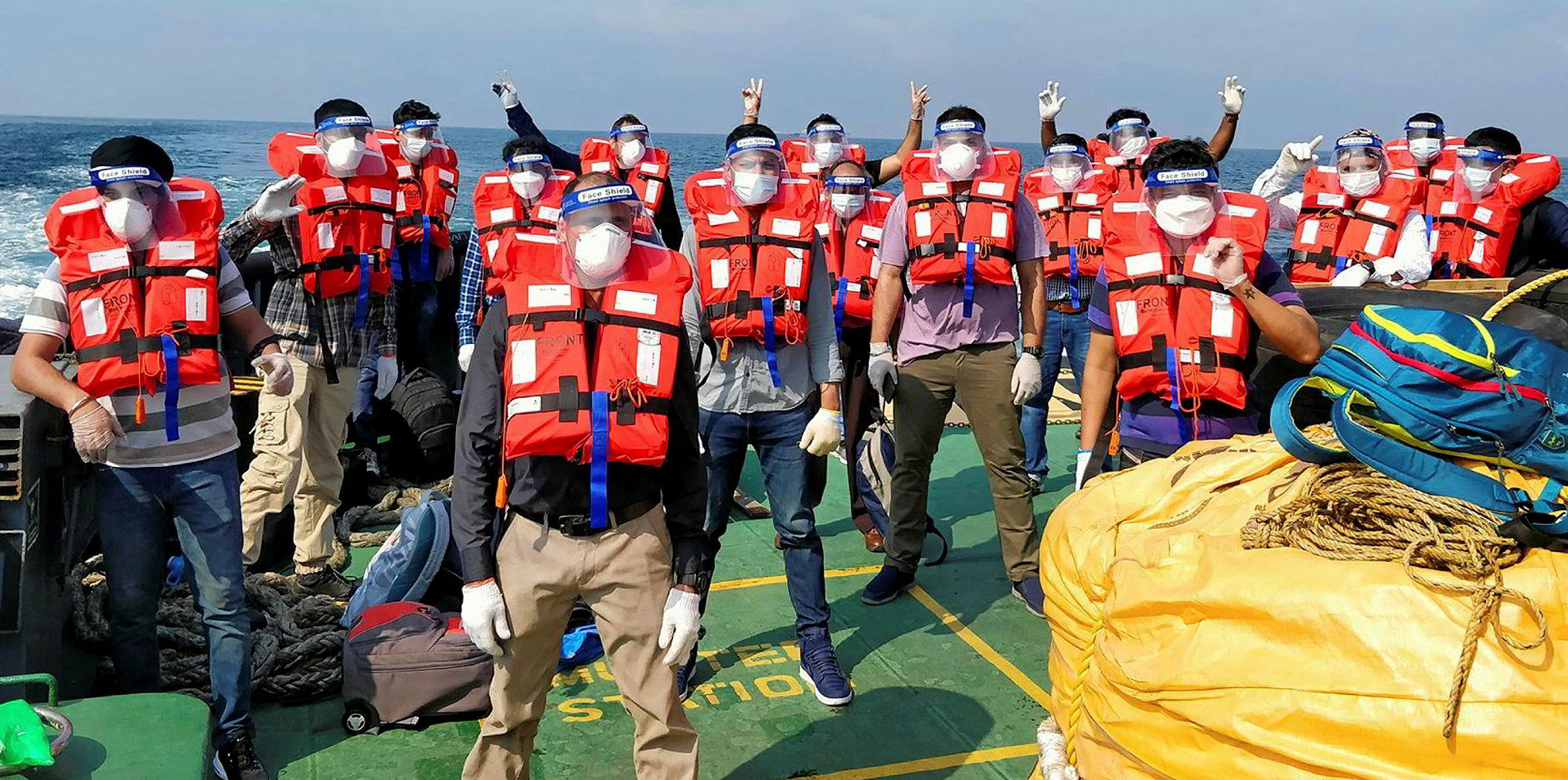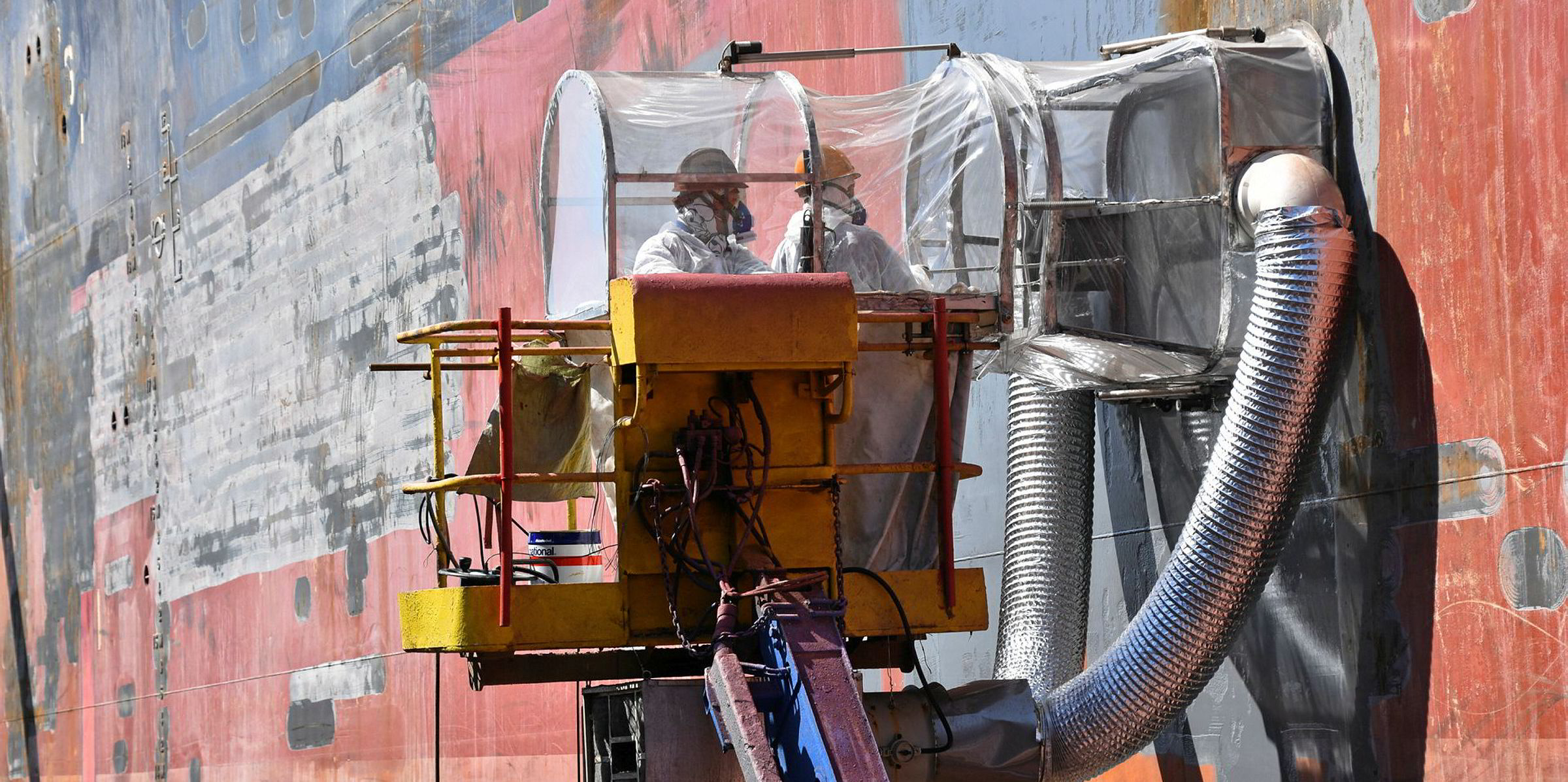Fatigue is a state of feeling weary, tired or lethargic that results from physical or mental work, anxiety, harsh environments or loss of sleep. It is different from simple tiredness through missed sleep.
With up to 400,000 seafarers stranded at sea or at home by travel restrictions during the Covid-19 pandemic, many crew have worked months beyond their contracts and regulatory limits, and the industry has sounded the alarm over their well-being.
It has become a priority for the International Maritime Organization and the International Labour Organization to set up protocols to allow for crew — armed with key worker status — to be rotated as usual.
Risk of conflict
Studies — including Project Martha, a three-year probe into the causes and effects of crew fatigue — show that it can lead to accidents and injuries, ill health, ship casualties, disability, sick leave and reduced performance. It can also cause an increased risk of conflict between crew members and a consequent reduction in a vessel’s overall performance.
While reducing crew fatigue during the pandemic should on its own be sufficient motivation for the industry to take action, failure to do so also exposes owners to potential legal challenges as to a vessel’s seaworthiness.
At common law, owners give an absolute warranty that their ship is seaworthy to undertake the contractual voyage in question.
However, in the vast majority of cases, this obligation is reduced by cargo carrying regimes — such as the Hague-Visby Rules — to one of due diligence. Accordingly, seaworthiness is often considered on that basis, where the test was fittingly rephrased in last year’s case of Alize 1954 v Allianz Elementar Versicherungs in the High Court in London.

Justice Nigel Teare said: “Whenever an owner/operator puts a vessel to sea, they must remember the duty is on them to ensure they exercise due diligence with regards to the safety of the crew, vessel, cargo and environment. Due to the non-delegable nature of this duty, an owner should also ensure that seaworthiness is at the forefront of their servants’, agents’ and crews’ minds at the commencement of any voyage.”
To determine if a vessel is seaworthy, its condition is subjected to the “prudent owner’s test”.
In the context of the pandemic, the question is whether a reasonably prudent owner would have allowed its vessel to put to sea with a master and crew in light of all the relevant factors relating to the crew’s fatigue levels and their knowledge and training in respect of the vessel.
Spate of incidents brought on by tiredness
If the answer is “no”, the vessel will be considered unseaworthy, and the owner could be held responsible to cargo interests for any failures on the part of a crew rendered “incompetent” — in the legal sense — by fatigue.
While crew negligence in itself will ordinarily be insufficient to render a vessel unseaworthy, crew incompetence — a member’s skill level failing to reach what should reasonably be expected from an ordinary person in that rank — may be sufficient to do so.
In The Eurasian Dream [2002] 1 Lloyd’s Rep. 719, Justice Peter Cresswell found that in order to be considered competent, a crew must not only receive adequate training and instruction so as to have sufficient knowledge of a vessel and its systems, but also the physical and mental ability and willingness to perform their job proficiently.
There has been a spate of incidents brought on by tiredness, and the key evidence in those cases — particularly since implementation of the Maritime Labour Convention — is the records relating to hours of rest.
The work never stops
More difficult, perhaps, is proving a long-term debilitating fatigue coupled with mental stress that may be exacerbated by crew members not fully able to work because of medical conditions, which remain untreated because no one can get ashore.
If a loss is proved to have been caused by unseaworthiness, owners must be able to show they have acted with due diligence at the beginning of each voyage.
In the case of a crew that is run down and exhausted, that represents a real challenge. Owners cannot simply divert the ship for some welcome down time. The work on board never stops.
If such cases are brought against owners, they have the potential to cost owners and their insurers.
Studies such as Project Martha and the IMO’s 12-step protocol for safe crew changes provide owners with an ever-greater understanding of the causes and effects of crew fatigue and give guidance on how to manage the risks.
Christofer Laskaris is a lawyer at Tatham & Co








